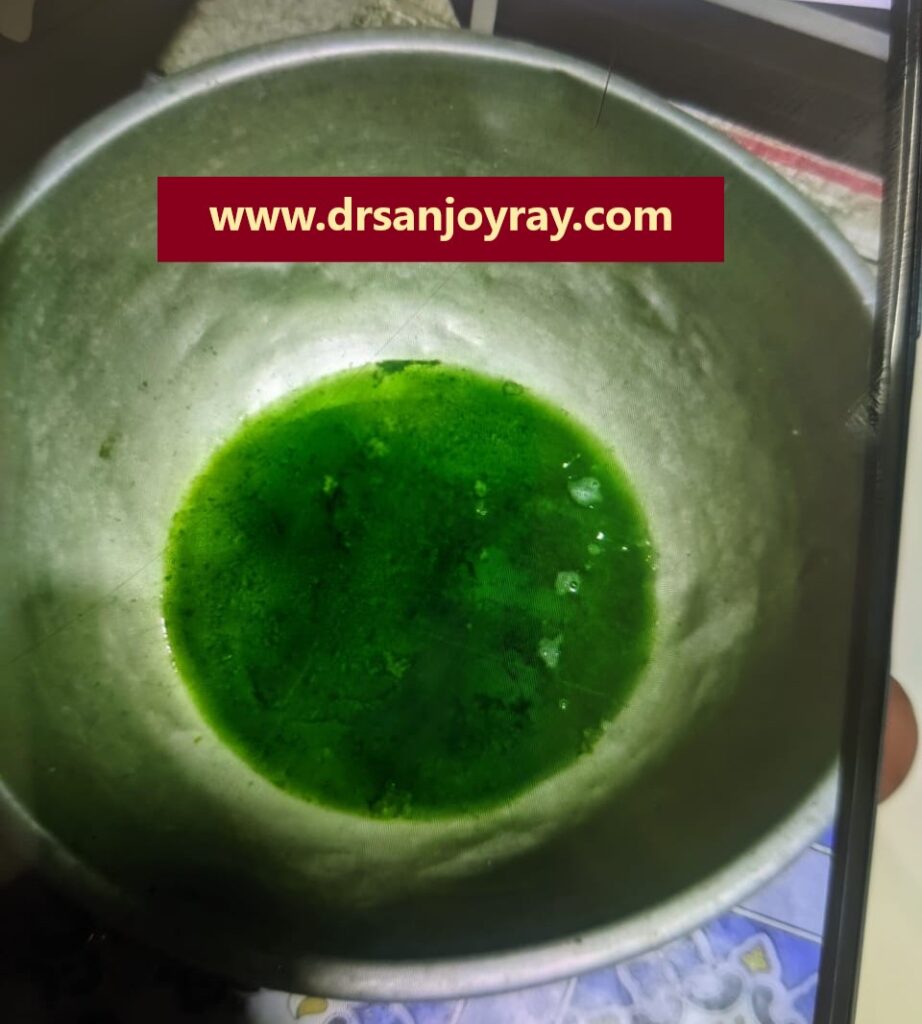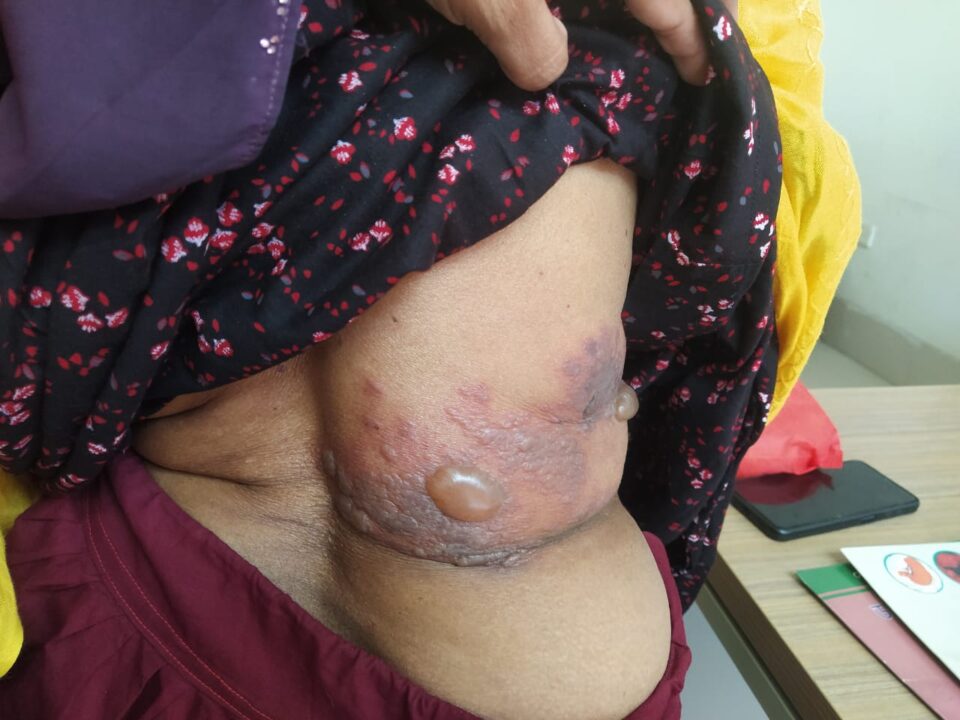Bilious vomiting refers to the expulsion of greenish or yellowish vomit containing bile. It is often a sign of a serious underlying condition, particularly in newborns and young children, but it can also affect adults. Recognizing and addressing the cause of bilious vomiting is crucial for timely intervention and appropriate treatment.
Causes of Bilious Vomiting
Bilious vomiting occurs when bile from the small intestine is refluxed into the stomach and subsequently vomited. This is often indicative of an obstruction or dysfunction in the gastrointestinal tract. The most common causes include:
- Intestinal Obstruction – Conditions like midgut volvulus, intestinal atresia, or adhesions can block the flow of intestinal contents, leading to bilious vomiting.
- Malrotation with Volvulus – A congenital condition where the intestines are abnormally positioned, increasing the risk of twisting and cutting off blood supply.
- Pyloric Stenosis (Late Stage) – Though classical pyloric stenosis presents with non-bilious vomiting, delayed cases may exhibit bilious vomiting due to gastric stasis.
- Hirschsprung’s Disease – A congenital absence of nerve cells in the colon, leading to severe constipation and vomiting.
- Gastrointestinal Infections – Conditions like gastroenteritis or food poisoning may cause bile reflux if vomiting persists beyond gastric emptying.
- Pancreatitis – Inflammation of the pancreas can lead to severe abdominal pain and bilious vomiting.
- Bile Reflux – This occurs when bile backs up into the stomach due to a weakened pyloric sphincter, leading to chronic irritation and vomiting.
- Post-Surgical Complications – Patients who have undergone abdominal surgeries may develop adhesions or strictures, leading to bowel obstruction and bilious vomiting.
Symptoms Accompanying Bilious Vomiting
Bilious vomiting is usually not an isolated symptom. It is often accompanied by:
- Severe abdominal pain
- Distension or bloating
- Inability to pass stool or gas (suggesting obstruction)
- Dehydration symptoms such as dry mouth, decreased urination, or lethargy
- Fever, if an infection is present
Diagnosis of Bilious Vomiting
Prompt evaluation is necessary to determine the cause of bilious vomiting. Key diagnostic steps include:
- Clinical Examination: Assessing symptoms, abdominal distension, and bowel sounds.
- Blood Tests: Evaluating for infection, dehydration, or metabolic disturbances.
- Imaging:
- Abdominal X-ray – To identify air-fluid levels suggestive of obstruction.
- Ultrasound – Particularly useful in detecting pyloric stenosis or midgut volvulus.
- CT Scan or MRI – Provides a detailed view of potential obstructions or abnormalities.
- Endoscopy: If bile reflux is suspected, an upper gastrointestinal endoscopy can help visualize the stomach and duodenum.

Management and Treatment
Treatment depends on the underlying cause:
- Emergency Surgery – Conditions like volvulus, intestinal atresia, or perforation require immediate surgical intervention.
- IV Fluids and Electrolyte Correction – Dehydration is common in prolonged vomiting and must be addressed.
- Nasogastric Decompression – A nasogastric tube may be inserted to relieve pressure and prevent further vomiting in cases of obstruction.
- Medications:
- Proton pump inhibitors (PPIs) or H2 blockers for bile reflux.
- Antibiotics if an infection is suspected.
- Anti-emetics in select cases where the vomiting is not due to obstruction.
- Dietary Modifications – Small, frequent meals with low-fat content can help in cases of bile reflux.
When to Seek Medical Attention
Bilious vomiting should never be ignored, especially in infants and children. If you or your child experience persistent vomiting with a greenish hue, severe abdominal pain, or signs of dehydration, seek immediate medical attention. Early intervention can prevent complications and improve outcomes.
For expert advice and treatment, consult Dr. Sanjoy Ray at www.drsanjoyray.com



